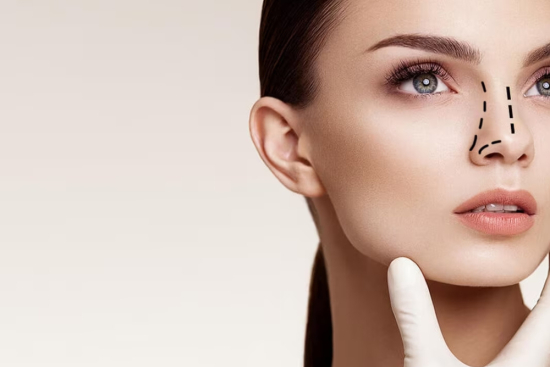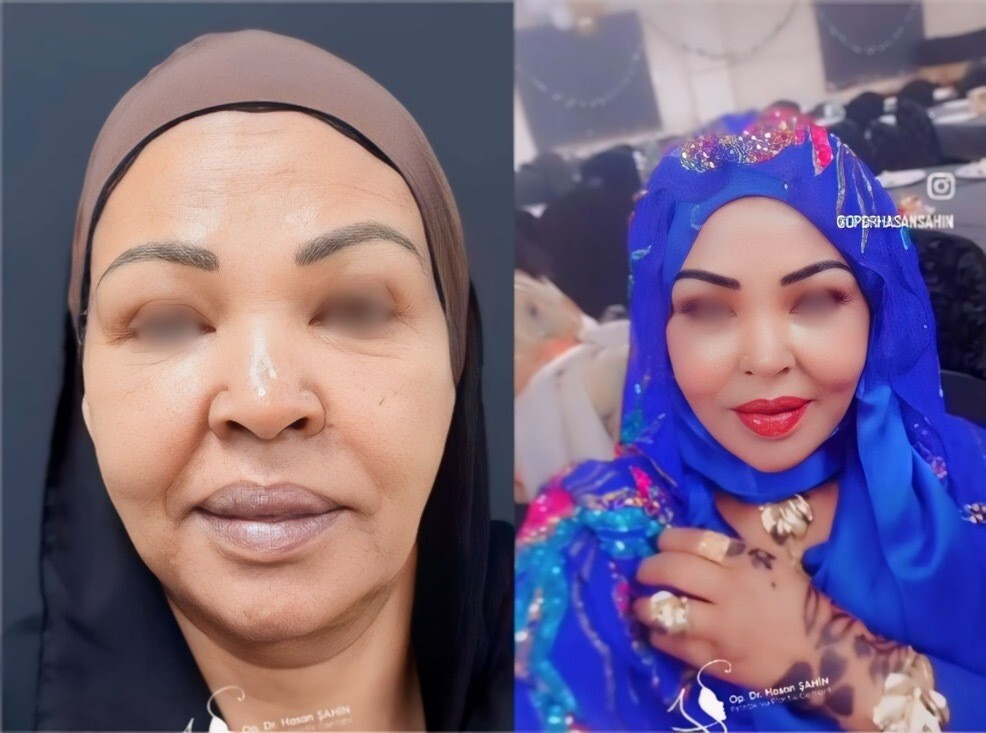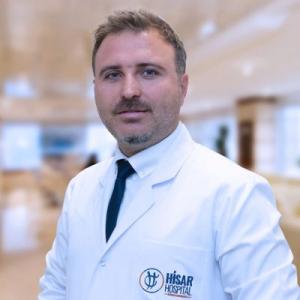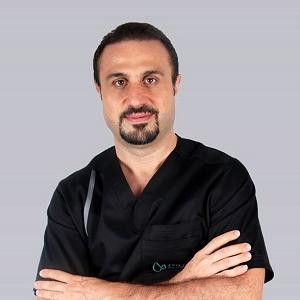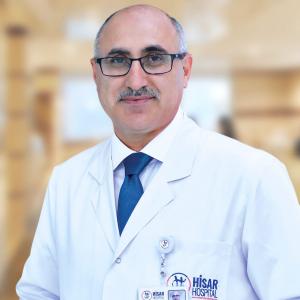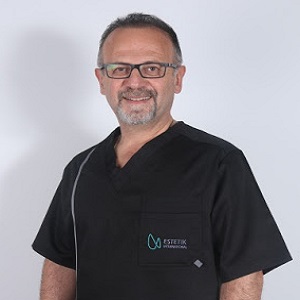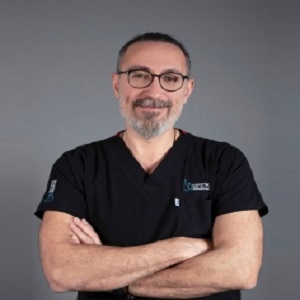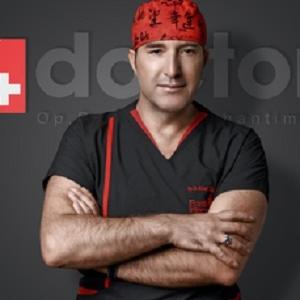Your nose job is a key feature that defines your facial harmony,so are you considering any change? Rhinoplasty in Turkey is one of the most popular choices for people looking to enhance their appearance with expert care at an affordable price. Turkey offers everything you need to feel comfortable and confident.
Nose job surgery: best prices in Turkey
You can always have your nose job done at an affordable price with us, so here is a detailed table comparing our prices to the others:
| country | price | what is included | duration |
| Turkey | 3100 $ | Surgery – 6 nights at the hotel – transport- interpreter service. | 2-3 hours |
| France | 5816$-8142$ | Only surgery | - |
| Germany | 5816$ | Only surgery | - |
